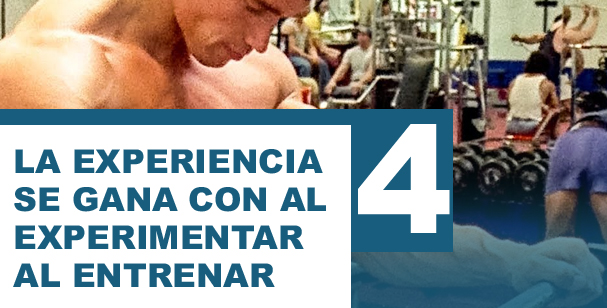pre-exhaustion is a technique that will allow you to better work your target muscles while reducing the impact on your muscle-joint system.
Although we train every part of the body, there are always parts of the body that respond very well and others that lag behind. Honestly evaluating the areas that need to be further developed is crucial and in this regard you can use techniques such as pre-exhaustion to fix things.
It does not matter if you are a bodybuilder, fitness athlete or just someone who wants to look good and stay in shape, a balanced physique is essential not only for the aesthetic aspect, but also for the correct functioning of the body in general.
Balance and symmetry are terms that we can use to describe how well or poorly the body flows in proportion from one part of the body to another.
In the case that you are an intermediate athlete, after a while, you will begin to notice your strengths and weaknesses.
If you don’t do something to lift your lagging body parts, you’ll start to look uncomfortable.
Therefore, you must strive for balance and the parts of the body developed evenly in proportion to each other.
Pre-exhaustion : what is it for?
Many exercise programs require you to start with a compound movement such as squats for the legs or incline rows for the back.
Since it takes multiple muscles to do them, more joints will be working, but your motivation and nervous system will allow you to handle more weight.
However, the goal is not just to lift the most weight, but to get the target muscle you want to build to do most of the work.
This requires establishing a strong connection between the mind and the muscles;
- The best way to do this is to first target the specific muscle you are trying to build.
- Sure, you may not be able to use that much weight, but by using pre-exhaustion you benefit, because a prepared muscle will do the work it needs to grow.
This technique is used to fatigue and isolate the muscle very effectively from to train from the beginning of a session working with exercises of one joint, and then move on to your compound exercises of multiple joints.
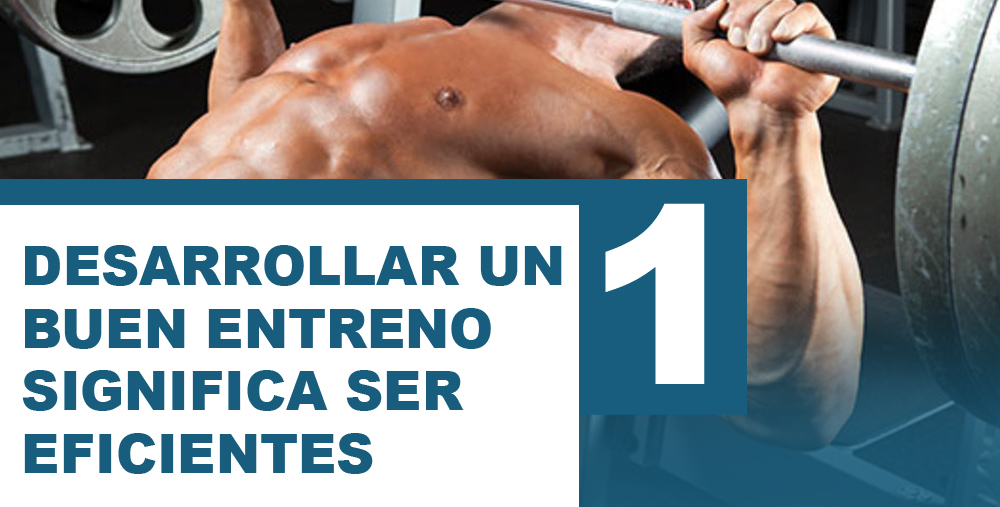
During compound multi-joint exercises, for that part of the body, you will already be fatigued and thus will have the help of the fresh secondary muscles involved with the movement.
Before discussing its functionality, we break down the movements of a single joint that can be used for your compound movements; One way or another you will use the pre-exhaustion technique, depending on the muscle region you need.
Pre-exhaustion : how does it work?
The technique is easy to implement and, if used correctly, can produce surprising results, both for holistic growth and for working back muscles.
This is how it works:
- Step 1: Do an isolation movement for a particular muscle group.
- Step 2: Immediately afterwards, do a compound movement for the same muscle.
- Step 3 would be “Get big… YES, it’s really that simple…”
It’s that normally, let’s say that when you bench press, your triceps, delts, and other assisting muscles will go to failure before your pecs.
However, when you work your pecs with an isolation movement like the flye, your pectoral muscles will fail at the same time, or even earlier, those assistant muscles once you start to bench.
If you achieve pre-exhaustion , more muscle fibers work your target muscles and, as a result, they grow more.
More generally, muscles will suffer significant damage due to the volume and load involved, resulting in metabolic stress due to short rest periods and concentrated volume.
You’ll also create significant tension by selecting effective movements and using a moderate rep range, particularly with a compound exercise.
Pre-exhaustion : how to incorporate it?
Now that you know that pre-exhaustion sets come first in training, what exercises should you use?
Well, while any move that isolates the specific area you’re trying to target would work, your best bet is to do a machine move that allows for a full, controlled range of motion, allowing you to perform one side at a time. in the case of an upper or lower joint.
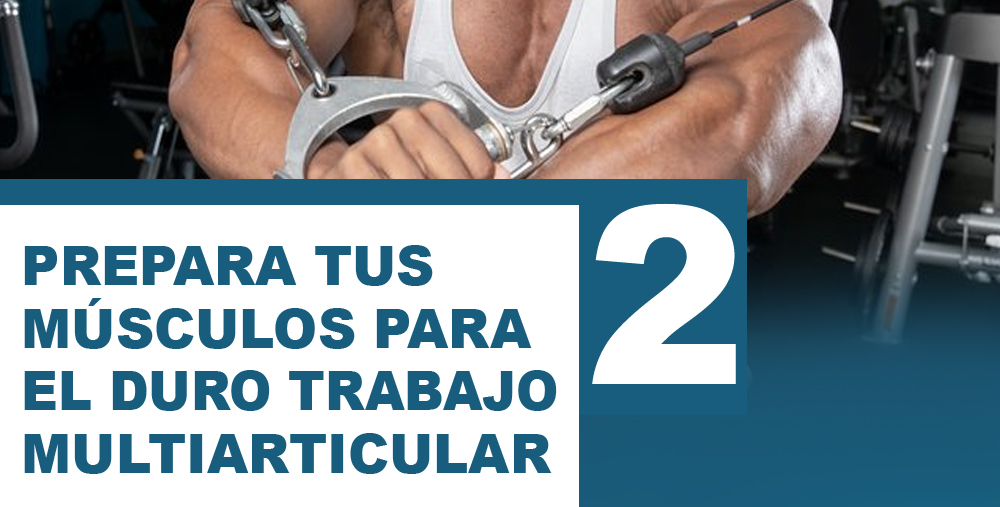
You can work on both sides if you wish, but if you have trouble feeling one side more than the other, or your weaker side is behind, choose a unilateral movement and start with that weaker side.
For example;
- If you’re doing your back and have trouble feeling your lats work, then you might opt for a one-arm pull-down.
- If your target muscles are your quadriceps or hamstrings, start with a curl or one-legged press.
As for the sets and reps, you could do 3-4 sets of this first exercise and keep the rep range at 6-12 reps.
Start with a lighter weight and focus on doing the reps a little slower as you establish that mind-muscle connection.
As you progress through these setup sets, add weight and lower reps with each successive set.
By the time you finish the last set, you must be mentally focused and physically prepared to take on the rest of your training, and for this you should use the best peri-workout supplements.
Pre-exhaustion : examples by muscle group
Here’s a good breakdown of isolation movements and compound movements of the main parts of the body.
Remember, to develop pre-exhaustion of a muscle group, you will perform one or more of the isolation exercises described according to what you need:
- Legs: leg extensions, leg curls, adductors and then work an intense leg day with compound exercises such as squats, leg presses, hack squats, lunges and / or deadlifts.
- Pecs: pec deck, cable cross-overs, openings or flies with dumbbells or cables to later do compound exercises such as machine presses, barbells or incline / decline dumbbells and / or dips.
- Back: pull-overs and pull-downs on a low pulley to then work on your compound exercises such as chin-ups, deadlifts and / or pulls to the neck or rows.
- Delts: lateral openings and front elevation with dumbbells to later work your compound exercises such as shoulder presses or chin row.
- Traps: shoulder shrug and then work the cleans or the chin row with close grip.
- Triceps: push-down and extensions lying down, then seated, followed by a close grip press or triceps dips
- Biceps – Concentrate curls, preacher curls, incline curls, followed by barbell and dumbbell curls, including hammer curls.
- Calves: standing and sitting machine calves, followed by calf press on press and donkey calf on machine (at 90º).
If you try this for at least six weeks on your back muscles, you will definitely see a noticeable change.
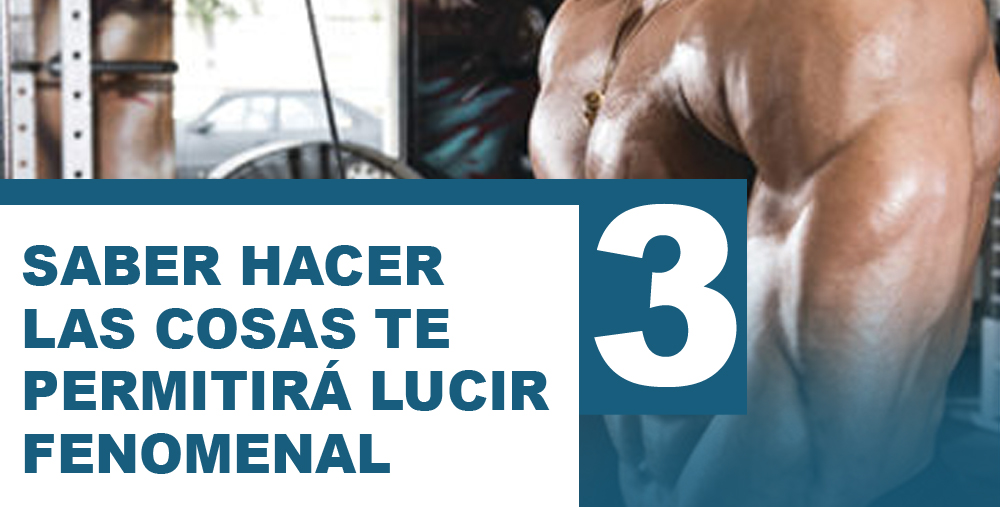
With this improvement, your physique will acquire a much more pleasant appearance and it will also function better as a whole.
Pre-exhaustion : what does science say?
It is a technique that changes the typical order of exercises so that you perform single-joint or isolation movements first, before compound or multi-joint exercises, with the goal that the target muscle is already exhausted.
Unfortunately, there was some research on pre-exhaustion was futile so to speak, because the studies did not take into account that the technique was not designed to increase activity in the target muscles, but to increase target muscle fatigue.
The point is that not only is there rampant misinformation among many of the so-called fitness “experts”, but some training techniques are simply misunderstood.
A good example of this is pre-workout , which in a 1996 study was shown to build more muscle than the standard training protocol in which multi-joint exercises are performed first.
However, what a 2018 study says about the potential of the technique on muscle hypertrophy remains much more specific.
In this study, based on the available literature, the group of Brazilian scientists conclude that the technique does not increase the neuromuscular activity of the target muscle in a multi-joint exercise, but it can improve the activity of accessory muscles.
From the point of view of the volume load, pre-exhaustion favors a higher training volume load, mainly due to the increase in the number of repetitions performed in the isolation exercise, But you can reduce the volume load on compound exercise.
In the context of the impulse for muscular hypertrophy there is no clarity, however in what is called “the bro science”, things are different, even since 1970 when Arthur Jones made it clear.
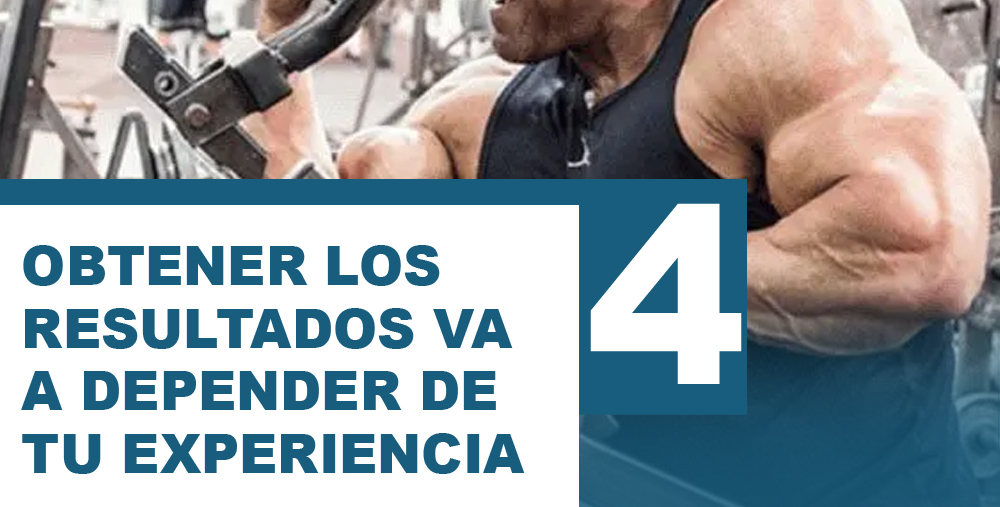
The practical application
When you’re considering designing a training program, there are two main variables to start with: volume and intensity.
- Volume refers to the number of repetitions you do in a given period of time (one training session, one week, whatever).
- Intensity generally refers to the weight on the bar (usually expressed as a percentage of your one rep max). If you are a beginner, you can probably focus solely on intensity and you do this by gaining weight, but when you level up there are other variables.
At some point, you will no longer be able to walk in the gym and gain 2-3 kg more than last time, at least not for the same number of reps and sets.
At that point, you will also need to manipulate your training volume using some type of periodized training.
With that setting, over time, you’ll start with a high training volume and relatively lower intensity, and work your way up to using less volume and more intensity, which will make you gain more strength in the long run.
Regardless of your goals, these two settings should comprise the vast majority of your training during at least the first few years of serious progress.
At some point, however, you will need to be more specific, which includes working your symmetry, your frequency, the way you take the weight, the angles, among other variables that would allow you to progress.
This is where pre-exhaustion comes in: it is a very useful tool to reduce the risk of injury, incorporate variety and stimulate muscle growth, especially in intermediate and advanced levels.
When you can no longer add more weight to the bar or need to work your back muscles you will have to find other ways to overload your muscles
A clear example for all
This technique was popularized by Arnold Schwarzenegger in the movie Pumping Iron; If you did, you’ll remember Arnold doing leg extensions before squats.
Arnold reminded us of this in his visits to Spain: “When you fatigue the main motor muscle with an isolation exercise before a heavier compound movement, it will lead to a higher recruitment of muscle fibers because muscle fatigue will set in before the neurological fatigue ”.
When Jay Cutler won his fourth Mr. Olympia in a report with the MASmusculo Team in Las Vegas he told us about pre-exhaustion .
He was quoting this to us at that time;
- “You know, the squat was always my number one exercise when I was younger, but as I got older, it started to feel a bit heavy.”
- “When I was squatting 350kg, I reached a point where I felt like I didn’t need to squat 350kg.”
- “I felt a bit shy about passing four discs per side in the gym and in front of everyone, but I didn’t have to work so hard.”
Well, when he got to win his fourth Mr. Olympia, he did not go over 200 kg squatting, he also did sets of 12 or 15 repetitions.
When your ultimate goal was to add muscle tissue and be very strong, boosting your ego by showing that you lift heavy in the gym isn’t worth it.
Raúl Carrasco, the best IFBB Pro on the peninsula, also tells us about clear examples to apply pre-exhaustion to take your results one step further.
Conclusions
Finally, pre-exhaustion is useful when:
- If you are in the middle of a low season and you want to avoid the physical and mental exhaustion caused by heavy weights.
- If you are returning to training after injury and want to balance your loads a little more evenly between muscle groups.
- When you need a little variety to keep interest in your program and you want to maintain your muscles or make them grow.
- When you work on your symmetry in detail.
Compound movements require a much higher degree of neuromuscular activity than single-joint movements.
To our knowledge, you will get the best of both worlds by inserting a pre-exhaustion workout from time to time.
This will allow you to recruit more muscle fibers, which will ultimately lead to more muscle growth.
In the case of the advanced ones, it is more friendly for the joints, while an anabolic environment is generated to stimulate hypertrophy. This anabolic environment will also require extra nutritional support.


